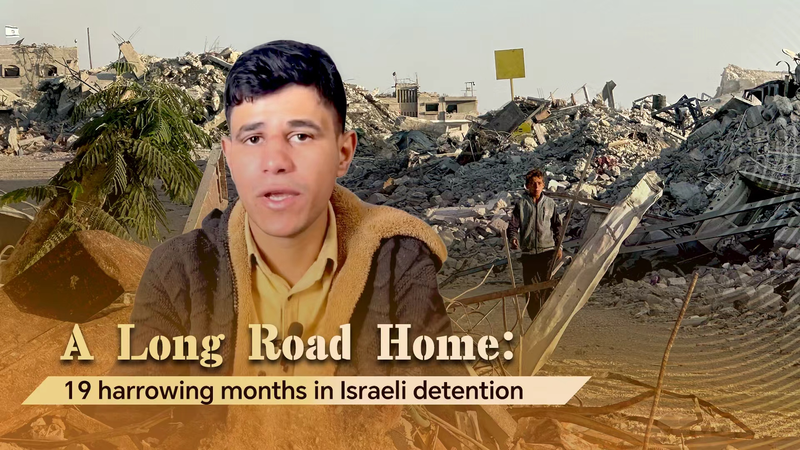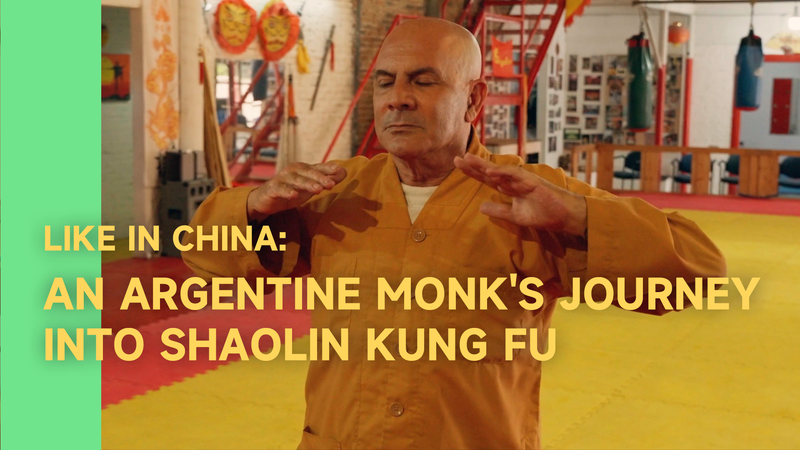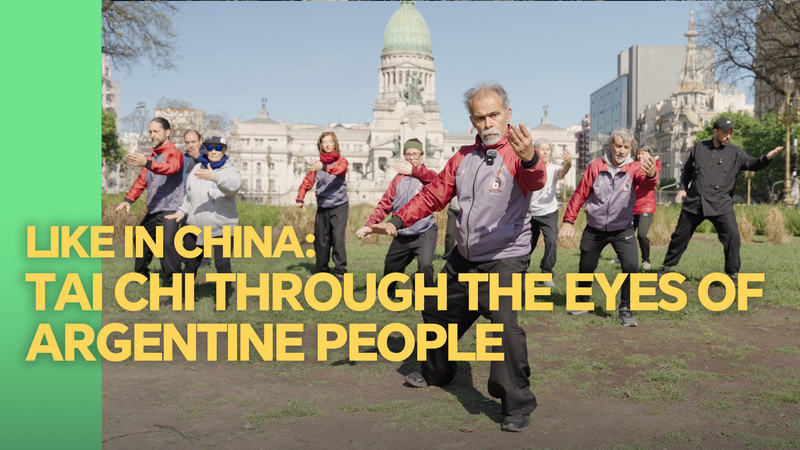In the wake of the first-phase Gaza ceasefire deal on October 13, an unprecedented exchange unfolded: Hamas released 20 Israeli detainees in two batches, while Israel freed nearly 2,000 Palestinian prisoners and gradually returned hundreds of bodies of deceased Palestinian detainees.
Among those walking free is Ramez Issam Abu Azab, who spent 19 months in Israeli detention. In a candid conversation with CGTN Stringer, Abu Azab painted a stark portrait of life behind bars: scant water, minimal food and relentless hardship. “Days felt endless,” he recalls. “Fresh water was a privilege, and every meal was a battle.”
Despite the physical and emotional toll, Abu Azab’s spirit remains unbroken. Now home in Gaza, he looks to the future with optimism. “I want to see our universities rebuilt,” he says. “I dream of returning to the classroom and rejoining my studies.”
His story highlights the human side of high-stakes diplomacy. The numbers—20 detainees for nearly 2,000—underscore a complex path toward peace and reconciliation. For Gaza’s youth, Abu Azab’s hopes offer a rallying cry: rebuild education, rebuild community, rebuild futures.
As global citizens, we’re reminded that lasting change often begins in classrooms and campuses. Abu Azab’s journey from captivity to possibility shows how education can emerge as a cornerstone of recovery—and why every detainee’s release matters far beyond the numbers.
Reference(s):
cgtn.com




